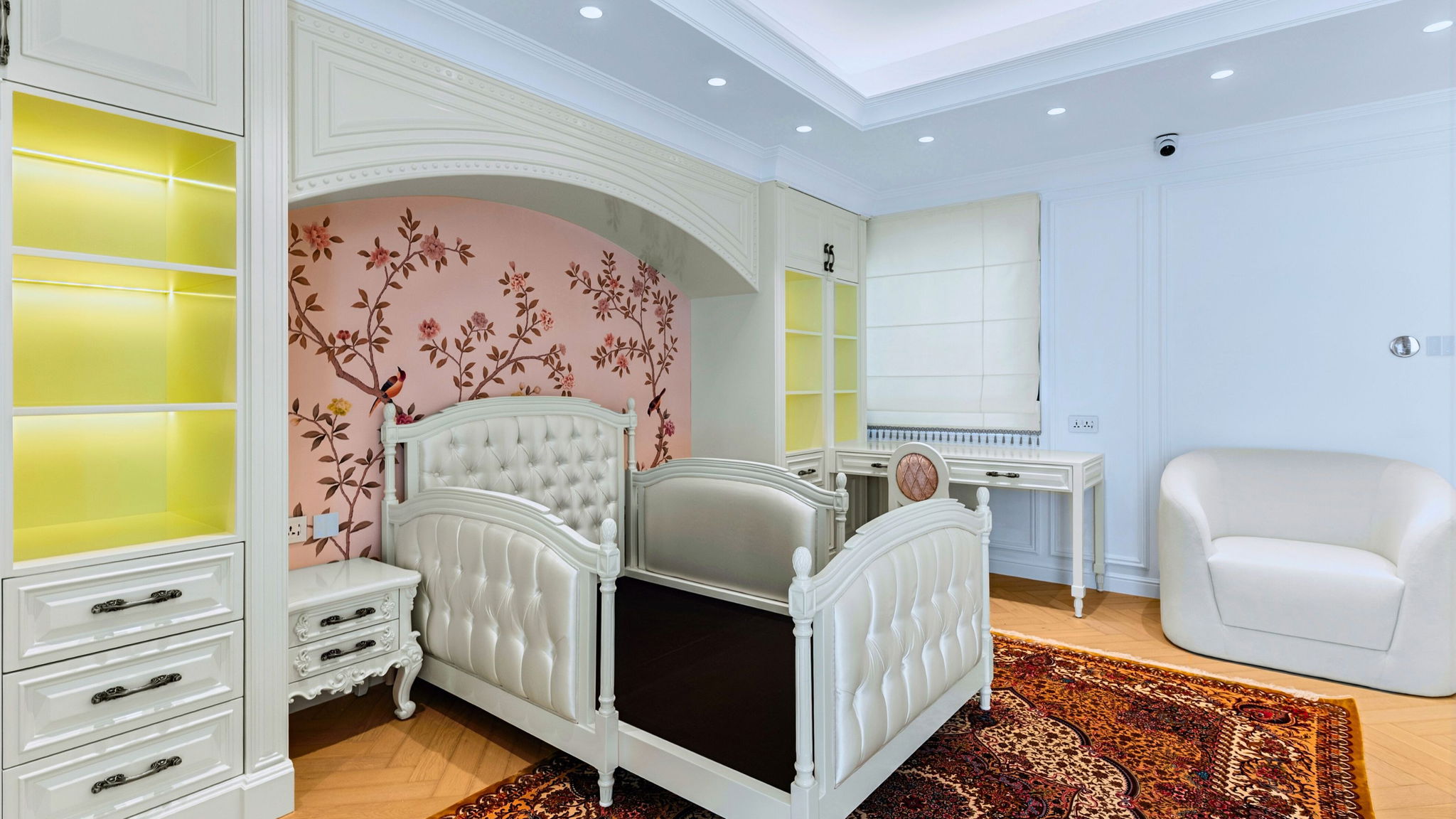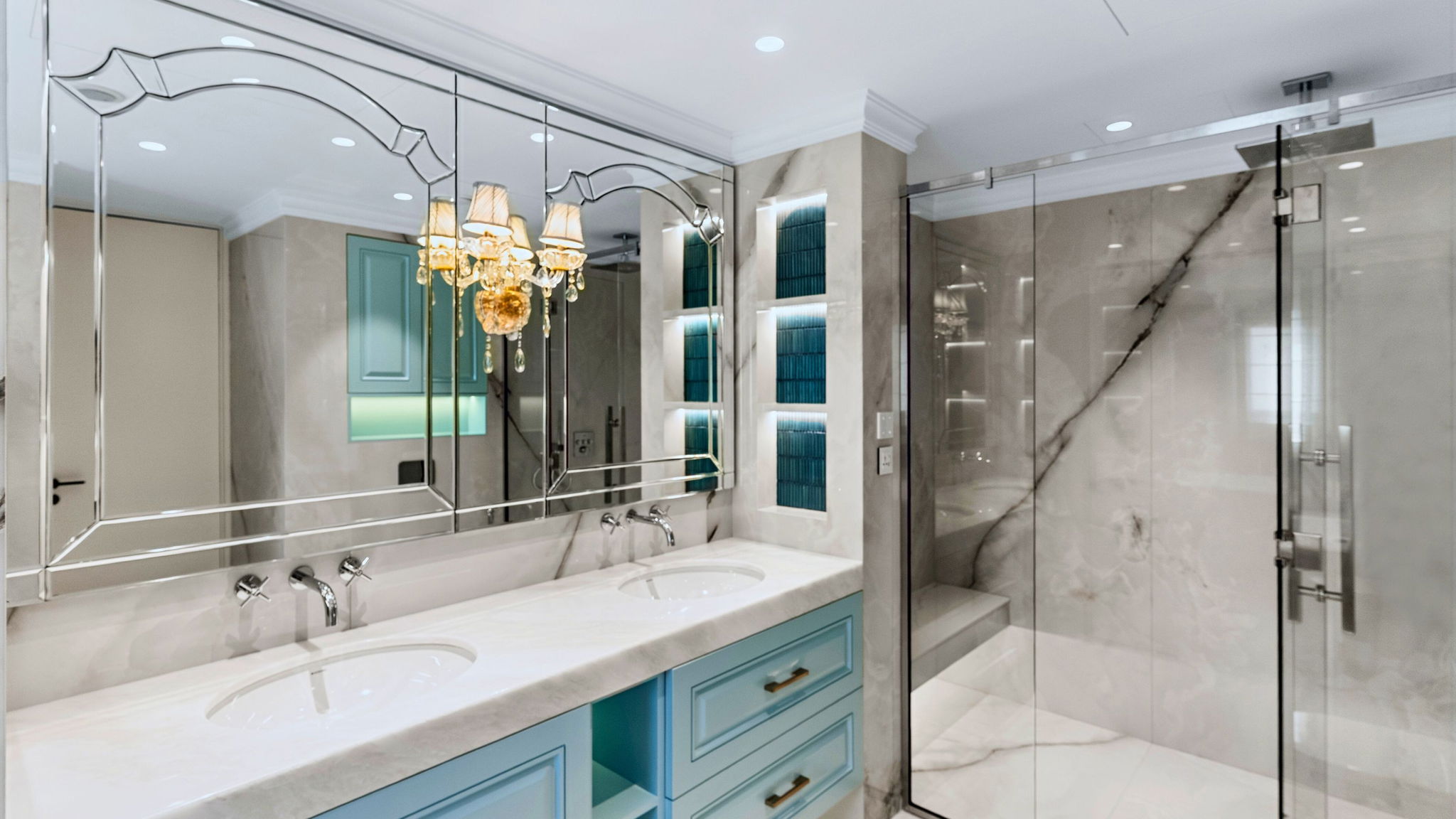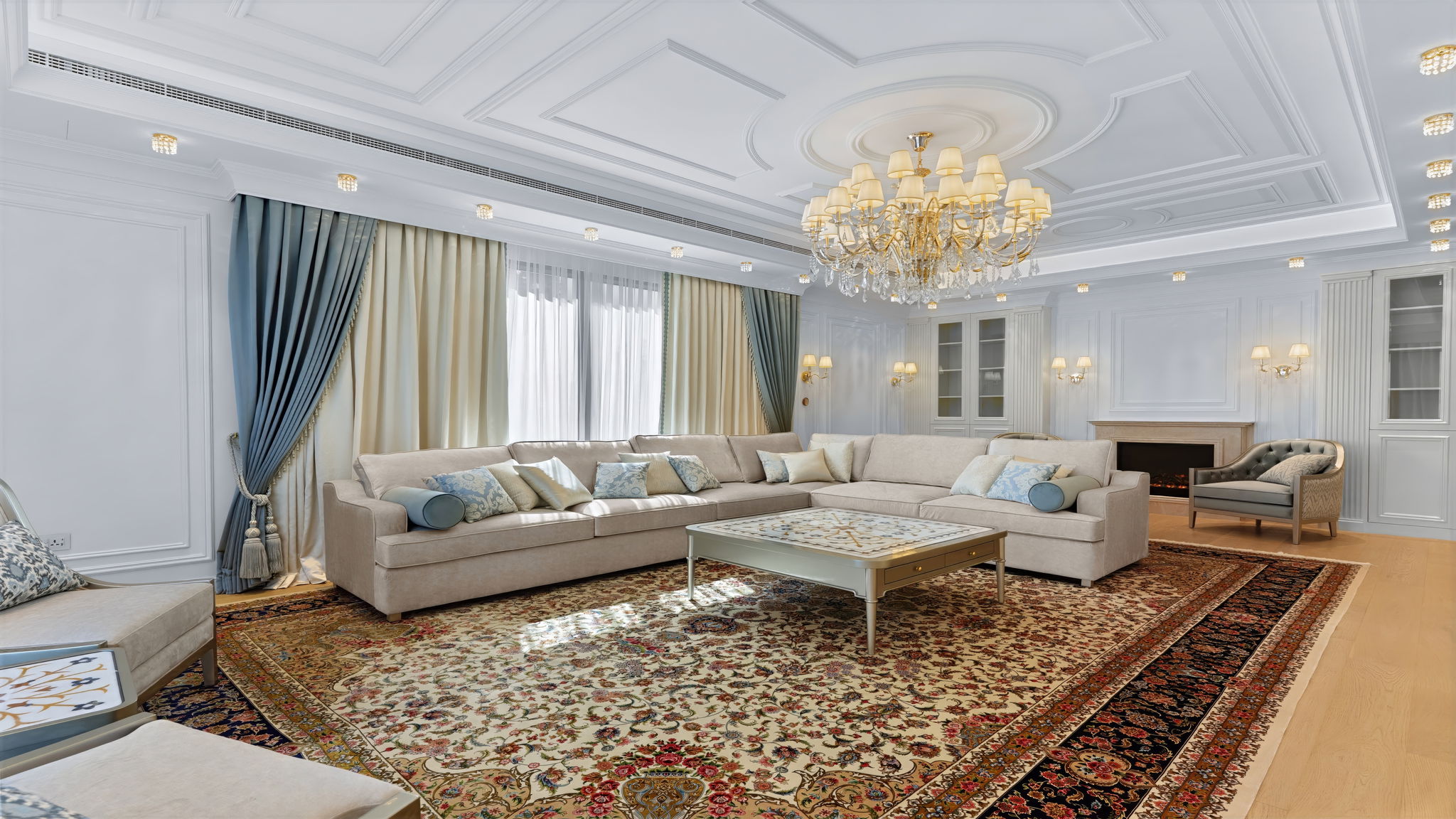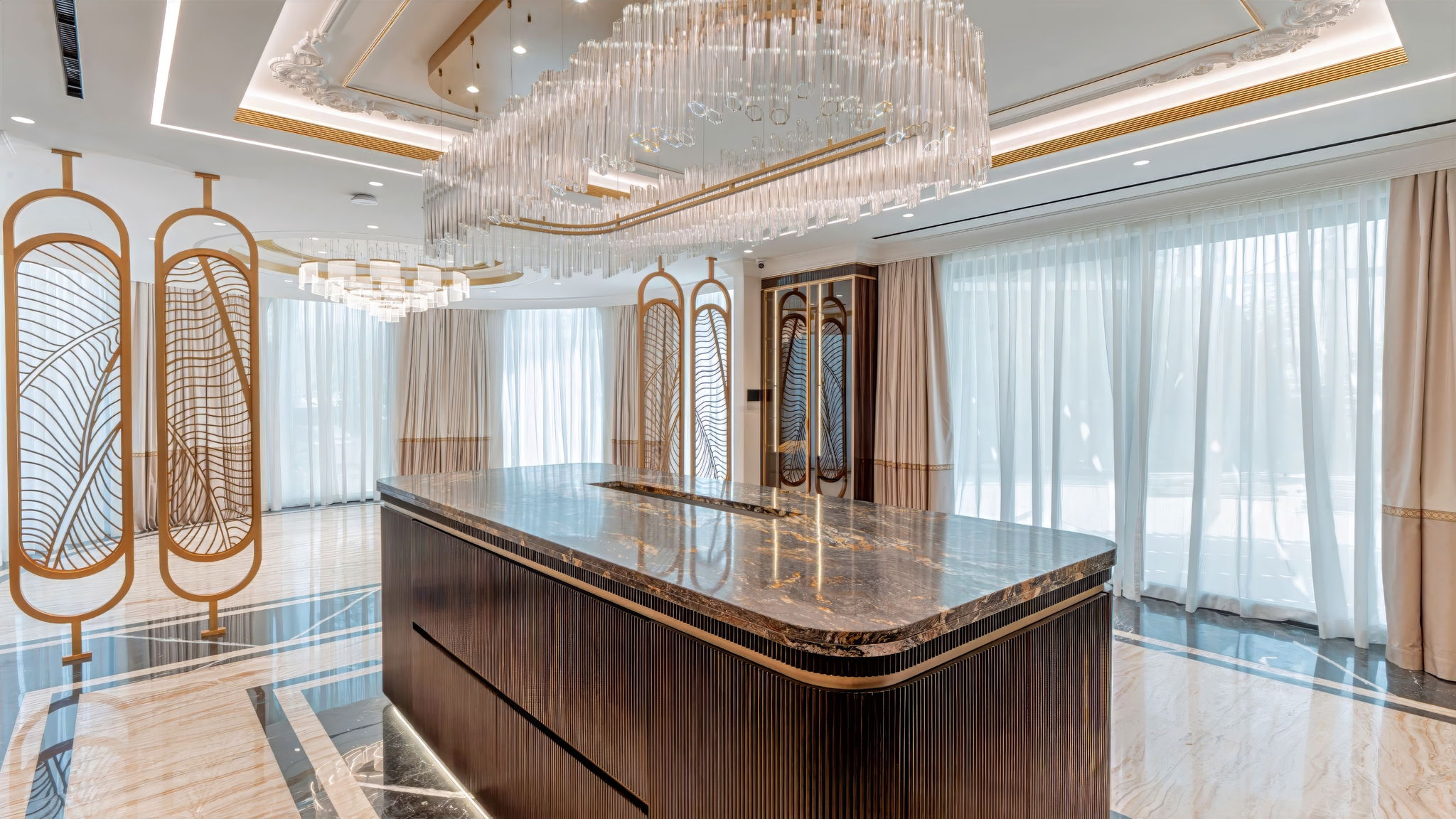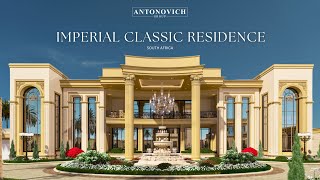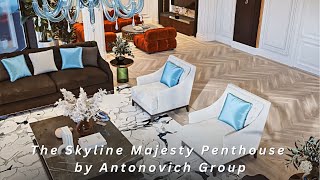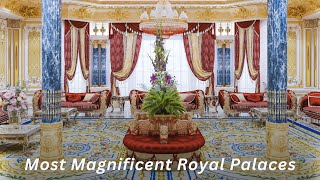
Tips in Designing a Chinese Restaurant
DESIGNING A CHINESE RESTAURANT
The aesthetics of the restaurant must also be addressed by those who are thinking of running one, in addition to having fantastic food. Failure to take into account restaurant design is a major factor in the failure of many eateries, despite having excellent cuisine.
The secret to drawing guests into a restaurant is its interior design. It needs to draw visitors in by promising them a memorable gastronomic and sensual experience. Hence, here are some suggestions on how to design a restaurant interior whether you have purchased a business or are beginning from scratch:
- Make a layout design before you make any kind of physical modification. You should be able to get a sense of the placement, scale, and arrangement of the furniture from the layout design. For instance, you could like the kitchen to be at the rear and the restroom to be on the side. In addition, you want to make the most of the area surrounding the windows. Both clients and servers ought to have access to clean pathways.
- Having an entrance that is eye-catching is one approach to draw guests to the restaurant. The entryway should be distinctive, elegant, and welcoming. The restaurant's name needs to stand out and be clear from the street. Make sure the entryway reflects the restaurant's theme. If you are providing Asian food, for instance, the entrance may have vibrant and creative depictions of spices and plants. But, if you are offering seafood, you might want to think about having an entryway with a water or ocean motif.
- Consider your target audience while designing your restaurant decor. For instance, if you want to appeal to teens and college students, you could want to decorate with bright, bold colors, music-themed wallpaper, and vintage furniture. The corner bar should have eccentric furnishings and tiki lighting accents. On the other side, if businesspeople are your target audience, keep the design sleek, contemporary, and fashionable. Employ banquet seats with padding and light-colored furnishings. The furnishings should be attractive and well-kept.
- Lighting is important in restaurants and should include both electric and natural light to create a calming atmosphere. Also, choosing the proper light colors is crucial since they affect people's moods and emotions. Make sure the lighting can be changed to suit the area, the colors, and the time of day. Consider using a tabletop lamp in a semi-dark room for late-night dining, for instance, to create a romantic and intimate atmosphere.
- Avoid tacky or boring colors since they have a negative impact on mood and influence decision-making. Employ hues that will open up and brighten the eatery. Use gentle pastel colors in family-style restaurants, then switch to more bright hues towards the bar. Generally speaking, the colors must match the client and the restaurant's motif.
- Use a variety of tables for seating to break up the monotony, but keep in mind the wants, desires, and privacy of the clientele. Be sure that the furniture arrangement does not restrict server or customer movement.
- A Chinese restaurant interior design must have music, it's a requirement. Music engages all of the senses, and the perfect music will motivate diners to consume more food. The style of music will depend on the restaurant's overarching theme. Install the most modern stereo system so that it will reverberate soft music from several locations throughout the restaurant, rather than having one speaker that is constantly blasting music.
- The toilet is sometimes overlooked when designing a restaurant but be assured that it is one of the most important aspects of your enterprise. Make using the toilet a pleasurable experience for customers rather than something they should fear. The restroom should not only be roomy and well-lit but also simple to maintain. You want the bathroom to have a clean, odor-free scent.
Updated at: 20.12.25
More projects
Any questions?
We will call you back!
We will call you back!
Enter your contact details and our manager will contact you.























